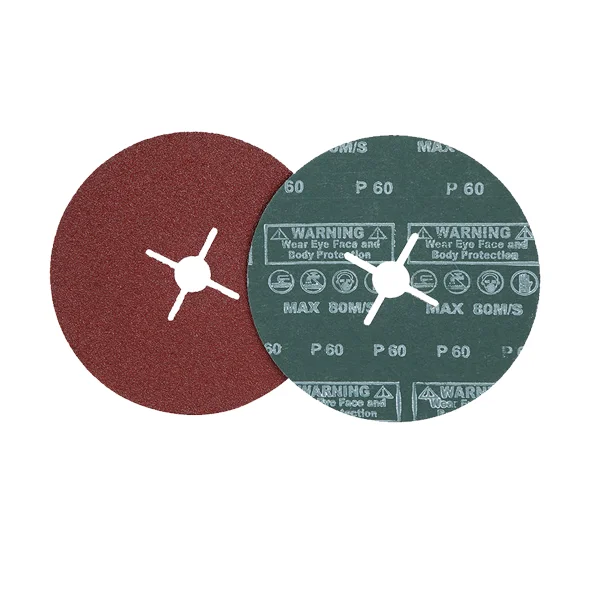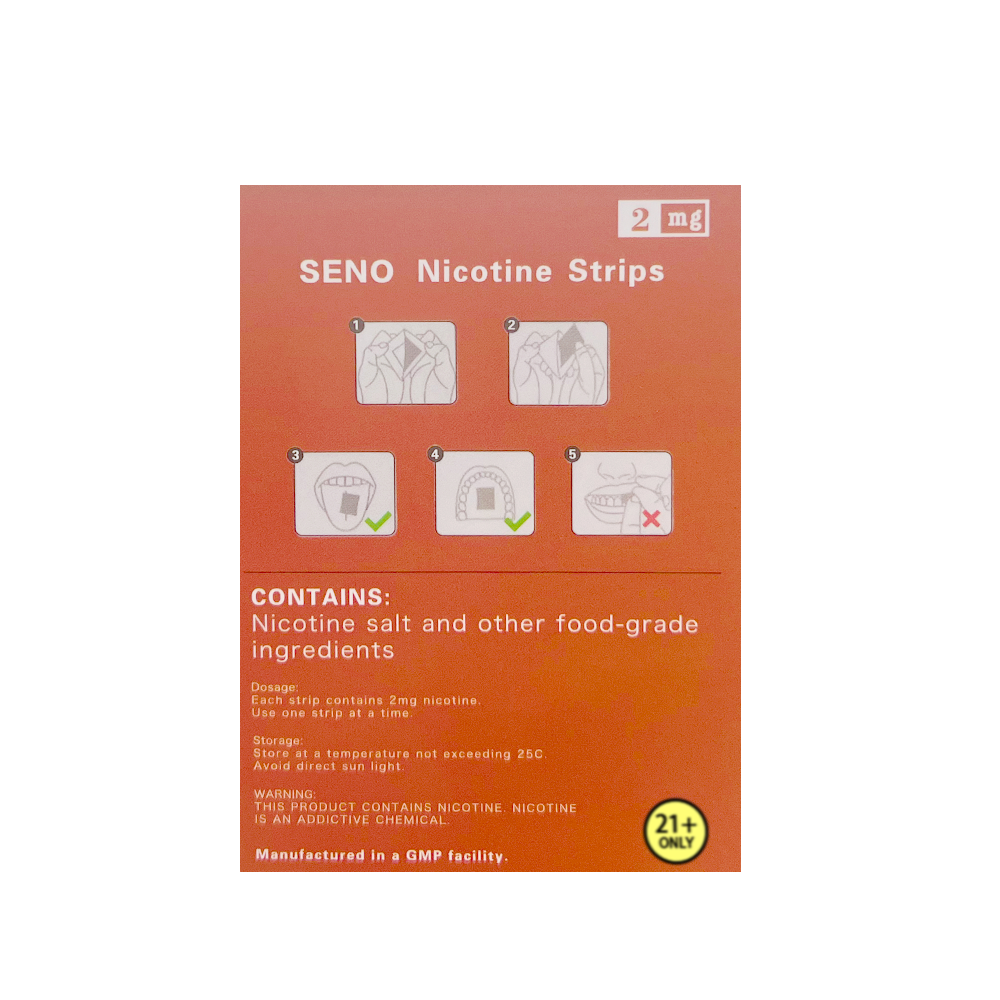The Distinction Unveiled: Convenience Food vs. Fresh Food
3 min read
In today's fast-paced world, the demand for quick and easy meals has led to the rise of convenience food. However, it is crucial to understand the fundamental differences between convenience food and fresh food. This article aims to shed light on these distinctions, exploring their impact on nutrition, health, and overall well-being.
- Definition and Processing:
Convenience Food:
Convenience food refers to pre-packaged, ready-to-eat or easy-to-prepare meals that are typically processed and preserved to extend their shelf life. These foods are designed to offer convenience and save time for consumers, often requiring minimal cooking or assembly.
Fresh Food:
Fresh food, on the other hand, encompasses natural, unprocessed ingredients that are consumed in their raw or minimally cooked state. These include fruits, vegetables, meats, fish, and dairy products that are sourced directly from farms, markets, or local suppliers.
- Nutritional Value:
Convenience Food:
While convenience food offers convenience and quick preparation, it often lacks the nutritional value of fresh food. Processing methods such as canning, freezing, and dehydration can lead to a loss of essential nutrients like vitamins, minerals, and fiber. Additionally, convenience foods are often high in sodium, unhealthy fats, and added sugars, which can have adverse effects on health if consumed excessively.
Fresh Food:
Fresh food is known for its superior nutritional value. Fruits and vegetables, when consumed fresh, provide a rich array of vitamins, minerals, antioxidants, and dietary fiber. Fresh meats, fish, and dairy products are excellent sources of protein, healthy fats, and essential nutrients. Including fresh food in your diet promotes overall health, boosts the immune system, and reduces the risk of chronic diseases.
- Health Implications:
Convenience Food:
Regular consumption of convenience food has been associated with various health concerns. The high levels of sodium, unhealthy fats, and added sugars can contribute to obesity, heart disease, diabetes, and other lifestyle-related ailments. Moreover, the preservatives and additives used in convenience food may have long-term health implications that are yet to be fully understood.
Fresh Food:
Fresh food plays a vital role in maintaining good health. Its natural composition and absence of harmful additives make it a healthier choice. A diet rich in fresh fruits, vegetables, lean proteins, and whole grains can help manage weight, improve digestion, enhance cognitive function, and reduce the risk of chronic diseases.
- Environmental Impact:
Convenience Food:
The production, packaging, and transportation of convenience food often have a significant environmental impact. The excessive use of packaging materials, energy consumption, and carbon emissions associated with long-distance transportation contribute to pollution and greenhouse gas emissions.
Fresh Food:
Fresh food, particularly when sourced locally, has a lower environmental footprint. It supports local farmers, reduces transportation distances, and promotes sustainable agricultural practices. Additionally, fresh food often requires less packaging, reducing waste and environmental pollution.
Conclusion:
Understanding the differences between convenience food and fresh food is crucial for making informed dietary choices. While convenience food offers convenience and time-saving benefits, it often falls short in terms of nutritional value and long-term health implications. On the other hand, fresh food provides essential nutrients, promotes overall well-being, and has a lower environmental impact. Striking a balance between convenience and nutrition is key to maintaining a healthy lifestyle in today's fast-paced world.


